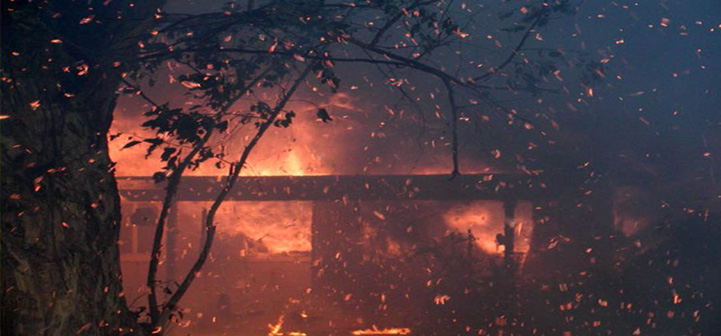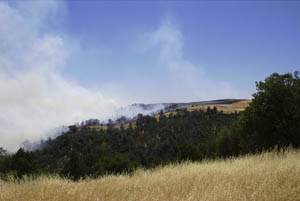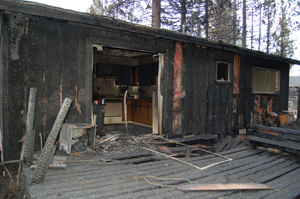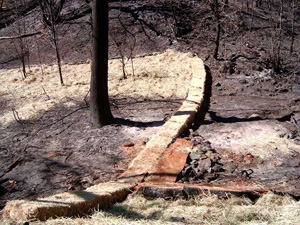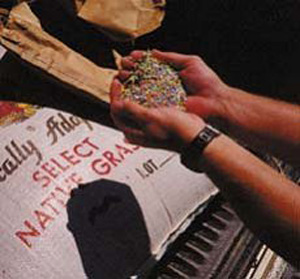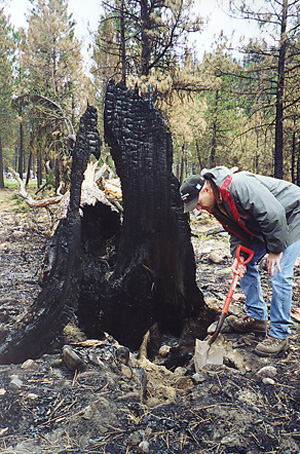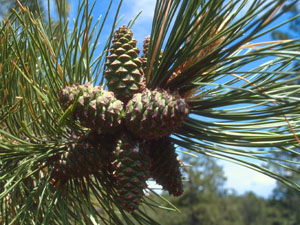Article Written by:
Glenn Nader, University of California Cooperative Extension, Yuba City, CA
Making Evacuation Less Stressful
Pre-fire planning and taking action ahead of time, including making a list of what to do and what to take with you, is the best way to reduce the potential stress of an evacuation.
Some pre-fire evacuation tasks include:
- taking a home inventory;
- developing and discussing a disaster response plan with your household that identifies planned actions, such as:
- evacuation routes,
- emergency meeting
